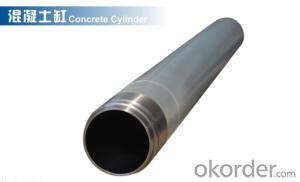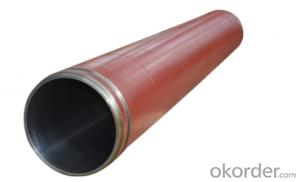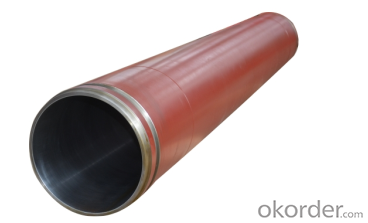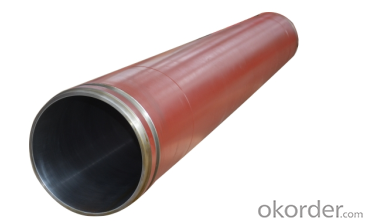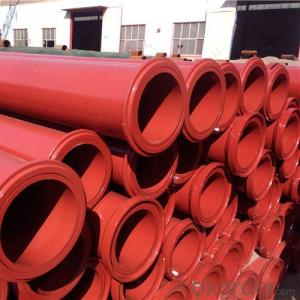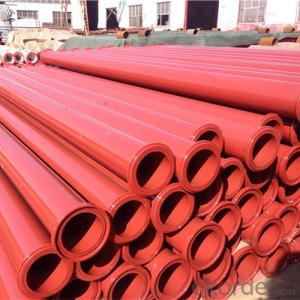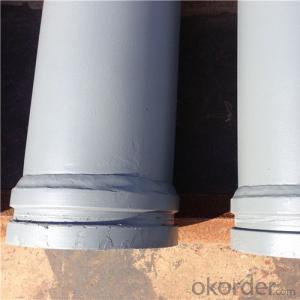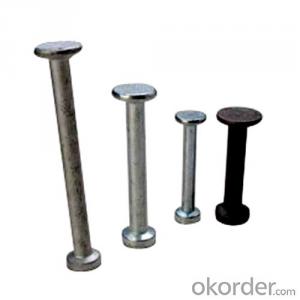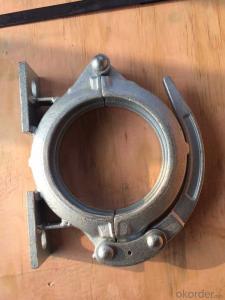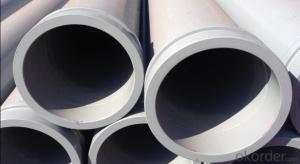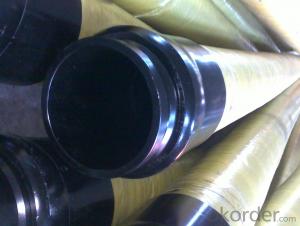DELIVERY CYLINDER(SANY ) I.D.:DN180 CR. THICKNESS :0.25MM-0.3MM COLOR:WHITE LENGTH:1530MM
- Loading Port:
- Shanghai
- Payment Terms:
- TT OR LC
- Min Order Qty:
- 2 pc
- Supply Capability:
- 1000 pc/month
OKorder Service Pledge
Quality Product, Order Online Tracking, Timely Delivery
OKorder Financial Service
Credit Rating, Credit Services, Credit Purchasing
You Might Also Like
Packaging & Delivery
| Packaging Detail: | wooden case, seaworthy packing |
| Delivery Detail: | 15 days |
Specifications
Concrete Pump Delivery Cylinder DN230*2100
1. Capacity: 60,000~80,000cbm
2. Size: DN180, DN200, DN230..
4. Brand: PM, Sany,ZM
1. Material: C45
2. quenching and tempering to improve the hardness to HB241-280
3. inner wall chrome thickness is 0.25-0.30mm, hardness HV820-900.
4. Brand: SCHWING, PM, SANY, KYOKUTO, CIFA
5. Capacity: 60,000~80,000cbm
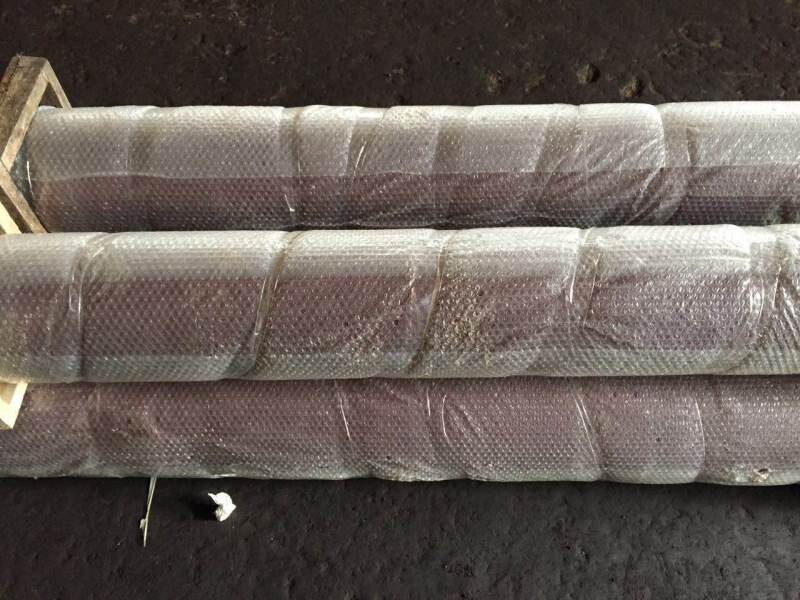
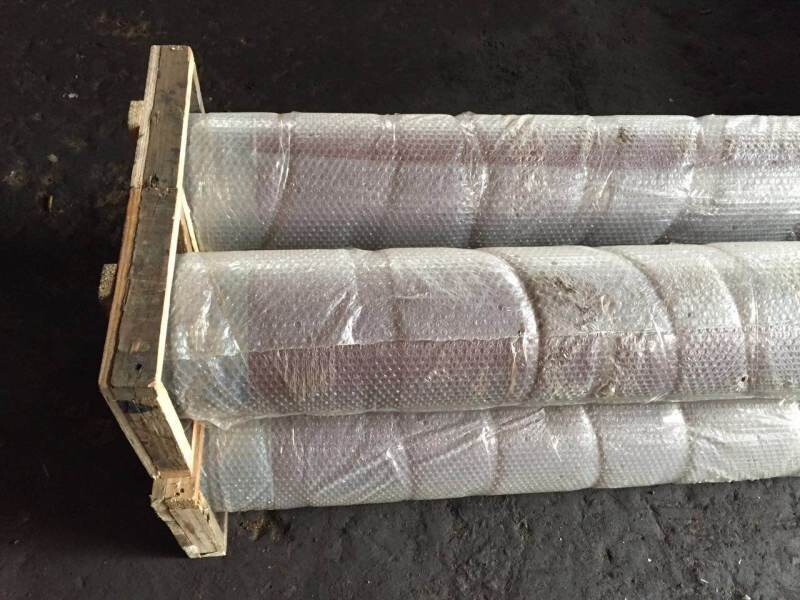
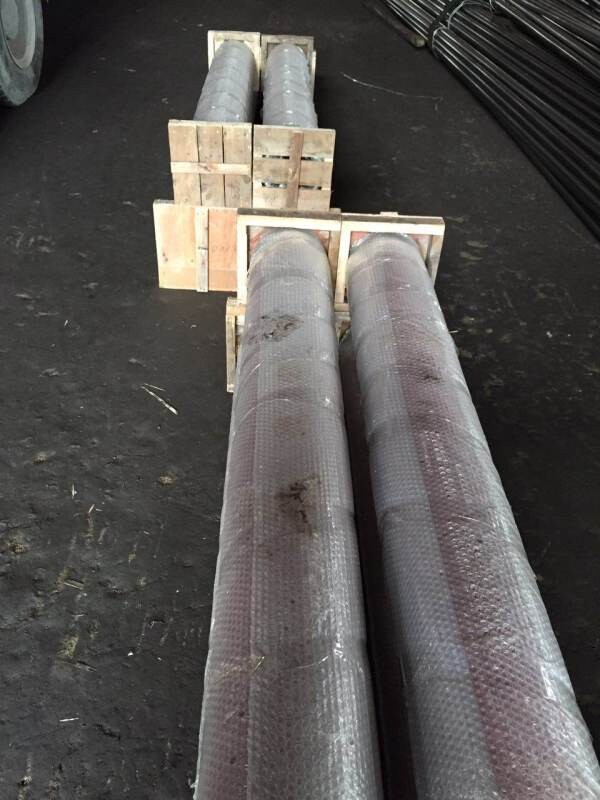
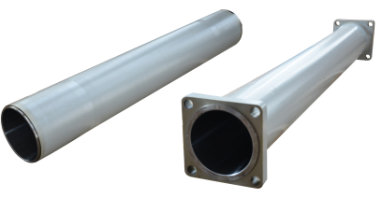
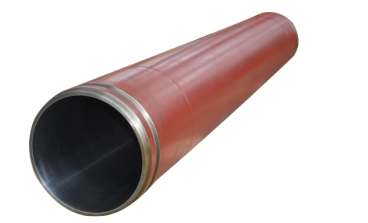
- Q: Are there any specific maintenance requirements for concrete pump spare parts?
- Yes, there are specific maintenance requirements for concrete pump spare parts. Regular inspection and maintenance of these parts are essential to ensure their optimal performance and prolong their lifespan. Here are some key maintenance requirements for concrete pump spare parts: 1. Cleaning: Concrete pump spare parts, such as pipes, hoses, and valves, should be regularly cleaned to remove any built-up debris, hardened concrete, or other contaminants. This can be done using appropriate cleaning agents and tools. 2. Lubrication: Proper lubrication of moving parts, such as pistons, cylinders, and bearings, is crucial to minimize friction and wear. Lubricants specifically designed for concrete pump spare parts should be used as per the manufacturer's recommendations. 3. Inspection: Regular inspections of all spare parts should be conducted to identify any signs of wear, damage, or misalignment. This includes checking for cracks, leaks, loose connections, or excessive wear in seals, O-rings, and gaskets. 4. Replacement: Any damaged or worn-out spare parts should be promptly replaced to avoid further damage or potential breakdown of the concrete pump. It is important to use genuine spare parts recommended by the manufacturer to ensure compatibility and performance. 5. Storage: When not in use, concrete pump spare parts should be stored in a clean and dry environment to prevent corrosion or damage. Proper storage racks or containers should be used to keep the parts organized and protected. 6. Training: It is crucial to provide adequate training to the operators and maintenance personnel on the proper handling, maintenance, and replacement procedures for concrete pump spare parts. This will ensure that the maintenance tasks are carried out correctly and efficiently. By following these maintenance requirements, concrete pump spare parts can be kept in good working condition, ensuring reliable and efficient operation of the concrete pump system. Regular maintenance not only helps to avoid unexpected breakdowns but also helps to improve the overall performance and longevity of the spare parts.
- Q: How often should concrete pump control valves be inspected and replaced?
- Regular inspections should be conducted on concrete pump control valves to ensure their proper and safe functioning. The frequency of these inspections will vary depending on the specific conditions and usage of the pump. Generally, it is advised to inspect the control valves at least once every three to six months. However, if the pump is extensively used or operates in harsh conditions, more frequent inspections may be necessary. The decision to replace control valves should be made based on the inspection results and the recommendations of the manufacturer or a qualified professional. If the control valves display signs of wear, damage, or malfunction, immediate replacement is necessary to prevent any potential safety hazards or disruptions in the pump's operation. Timely replacement and regular maintenance of control valves are essential to ensure the concrete pump operates efficiently and safely.
- Q: What are the different types of concrete pump hopper vibrators?
- On the market, one can find various concrete pump hopper vibrators. Their purpose is to ensure a smooth flow of concrete through the hopper and into the pumping system. 1. Electric Vibrators: The most commonly used hopper vibrators are powered by electricity. They are typically attached to the hopper's side and employ an electric motor to generate vibrations that facilitate the movement of concrete. 2. Pneumatic Vibrators: These vibrators rely on compressed air as their power source and are commonly employed in situations where electricity is not readily accessible. By utilizing air pressure, they create vibrations that aid in the continuous flow of concrete. 3. Hydraulic Vibrators: Larger concrete pumping systems often utilize hydraulic vibrators, which derive their power from hydraulic fluid. These vibrators can be more robust than their electric or pneumatic counterparts, making them suitable for heavy-duty applications. 4. Rotary Vibrators: To move the concrete, these vibrators employ an eccentric weight that spins, resulting in vibrations. They are frequently used when a high frequency of vibration is necessary. 5. Turbine Vibrators: These vibrators employ a turbine mechanism to generate vibrations. They are commonly employed when a low frequency of vibration is desired. 6. Ball Vibrators: These vibrators use a ball housed within a casing to generate vibrations. They are frequently utilized in smaller concrete pumping systems and can be easily mounted onto the hopper. In conclusion, the choice of the most suitable concrete pump hopper vibrator for a specific application depends on various factors, including the size and type of the concrete pumping system, the desired frequency and intensity of vibration, and the availability of power sources.
- Q: Are there any specific guidelines for the installation of hopper components or agitators in concrete pump spare parts?
- Yes, there are specific guidelines for the installation of hopper components or agitators in concrete pump spare parts. These guidelines typically include instructions on proper alignment, securing of bolts, lubrication, and ensuring all components are properly connected. It is important to follow these guidelines to ensure safe and efficient operation of the concrete pump.
- Q: What is the washing process of the concrete pump pipe?
- Anti pump action a few times, release the pipe pressure, cut off the power supply
- Q: What are the different types of concrete pump hoses?
- There are generally two types of concrete pump hoses: steel-reinforced hoses and fabric-reinforced hoses. Steel-reinforced hoses are stronger and more durable, suitable for high-pressure applications and long-distance pumping. Fabric-reinforced hoses are lightweight and flexible, ideal for smaller projects and shorter pumping distances.
- Q: What is the role of a concrete pump hopper grate pin retainer?
- A concrete pump hopper grate pin retainer plays a crucial role in ensuring the safety and functionality of a concrete pump. It is responsible for securing the grate pins in place, which in turn helps to hold the hopper grate firmly in position. The hopper grate is an important component of a concrete pump as it acts as a barrier, preventing any debris or foreign objects from entering the hopper and potentially causing damage to the pump or interfering with the concrete mixing process. The grate pins, located on the sides of the hopper, help to keep the grate securely in place. The concrete pump hopper grate pin retainer is specifically designed to hold the grate pins firmly and prevent them from becoming loose or dislodged during the pumping operation. By keeping the grate securely in position, it ensures that the hopper remains free from any unwanted materials and maintains a smooth and uninterrupted flow of concrete. Furthermore, the pin retainer also helps to prevent potential accidents or injuries by minimizing the risk of the grate coming loose or falling off during operation. This is particularly important when working in construction sites or other high-risk environments, where the safety of workers and equipment is of utmost importance. In summary, the role of a concrete pump hopper grate pin retainer is to provide stability and security to the hopper grate by holding the grate pins firmly in place. It ensures the smooth functioning of the concrete pump by preventing any debris from entering the hopper and maintains a safe working environment by minimizing the risk of accidents or injuries.
- Q: Can I reuse old concrete pump spare parts?
- Yes, old concrete pump spare parts can be reused as long as they are in good condition and meet the required specifications for the pump. However, it is important to properly inspect and test the parts before reuse to ensure they will function safely and efficiently.
- Q: What are the key considerations when purchasing spare parts for a concrete pump?
- When purchasing spare parts for a concrete pump, there are several key considerations that need to be taken into account. These considerations include the compatibility of the spare parts with the specific make and model of the concrete pump, the quality and reliability of the spare parts, the availability of the spare parts, and the cost-effectiveness of the purchase. First and foremost, it is crucial to ensure that the spare parts being purchased are compatible with the concrete pump in question. Concrete pumps come in various makes and models, and each may have specific requirements in terms of spare parts. Therefore, it is essential to carefully match the specifications and requirements of the concrete pump with the spare parts being purchased to ensure proper functionality and performance. The quality and reliability of the spare parts are also vital considerations. Investing in high-quality spare parts can significantly impact the efficiency and longevity of the concrete pump. It is advisable to choose spare parts from reputable manufacturers or suppliers who have a proven track record of producing reliable products. Conducting thorough research and reading customer reviews can help in assessing the quality and reliability of the spare parts. Availability is another important factor to consider when purchasing spare parts for a concrete pump. It is essential to ensure that the spare parts needed are readily available, either from local suppliers or through efficient delivery channels. A delay in obtaining the necessary spare parts can lead to extended downtime and increased costs. Therefore, it is recommended to choose suppliers who have a reliable and efficient distribution network. Cost-effectiveness is also a key consideration when purchasing spare parts. While it is important to prioritize quality and reliability, it is equally important to find spare parts that offer good value for money. Comparing prices from different suppliers and considering the lifespan and potential maintenance costs of the spare parts can help in making a cost-effective decision. It is crucial to strike a balance between cost and quality to ensure the best return on investment. In conclusion, when purchasing spare parts for a concrete pump, it is important to consider compatibility, quality, availability, and cost-effectiveness. By carefully evaluating these key considerations, one can ensure that the spare parts chosen will meet the specific needs of the concrete pump, maintain its performance and reliability, and provide value for money.
- Q: Can concrete pump spare parts be coated with corrosion inhibitors for long-term storage?
- Yes, concrete pump spare parts can be coated with corrosion inhibitors for long-term storage. Corrosion inhibitors are chemicals that can be applied to metal surfaces to prevent or minimize the corrosion process. By applying a corrosion inhibitor coating on concrete pump spare parts, it can create a protective layer that prevents moisture and oxygen from coming into contact with the metal, thus reducing the risk of corrosion. This is particularly important for long-term storage, as the spare parts may be exposed to harsh environmental conditions or stored in damp areas. The corrosion inhibitor coating can help to extend the lifespan of the spare parts and ensure they remain in good condition until they are needed for use.
Send your message to us
DELIVERY CYLINDER(SANY ) I.D.:DN180 CR. THICKNESS :0.25MM-0.3MM COLOR:WHITE LENGTH:1530MM
- Loading Port:
- Shanghai
- Payment Terms:
- TT OR LC
- Min Order Qty:
- 2 pc
- Supply Capability:
- 1000 pc/month
OKorder Service Pledge
Quality Product, Order Online Tracking, Timely Delivery
OKorder Financial Service
Credit Rating, Credit Services, Credit Purchasing
Similar products
Hot products
Hot Searches
Related keywords
